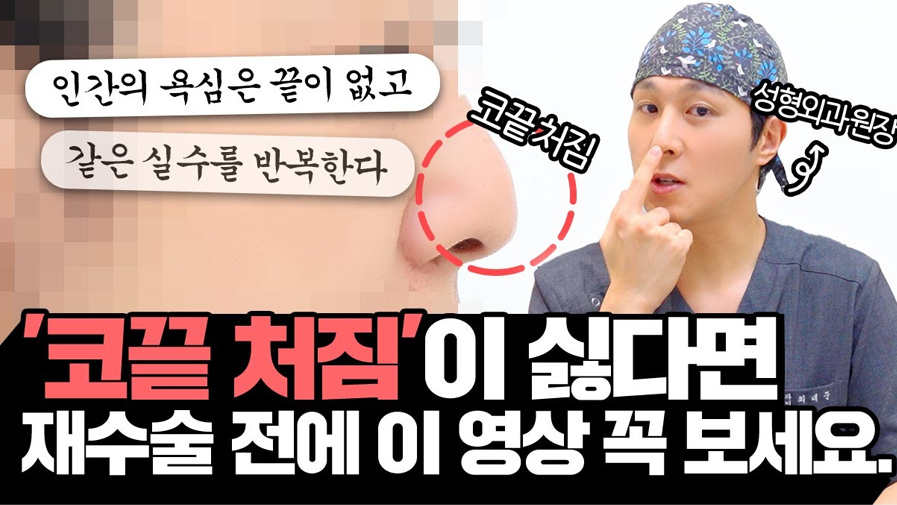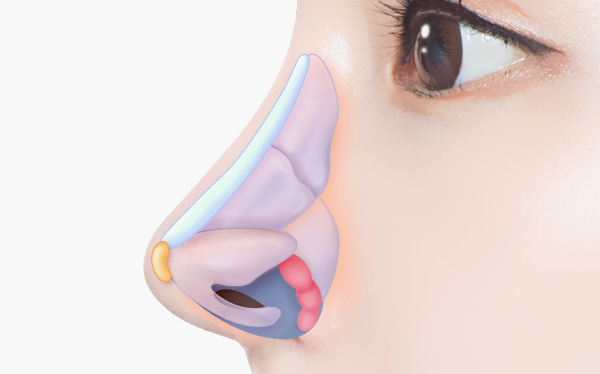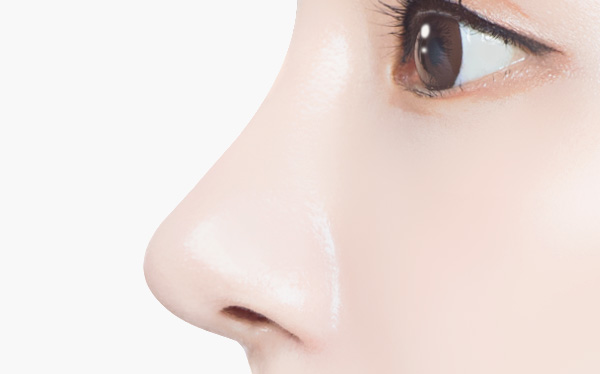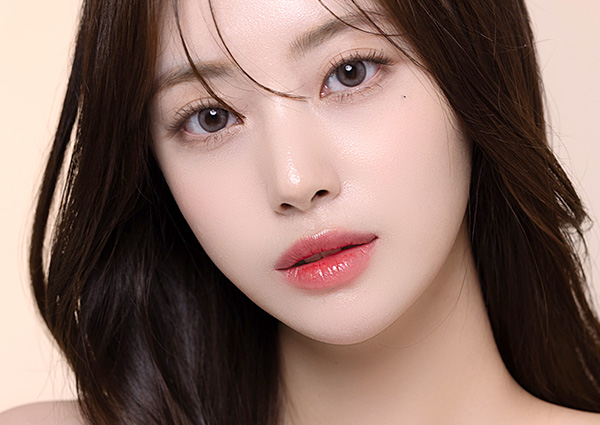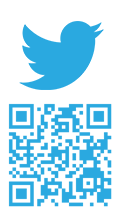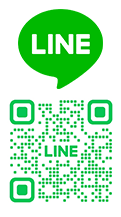Wanna Nose
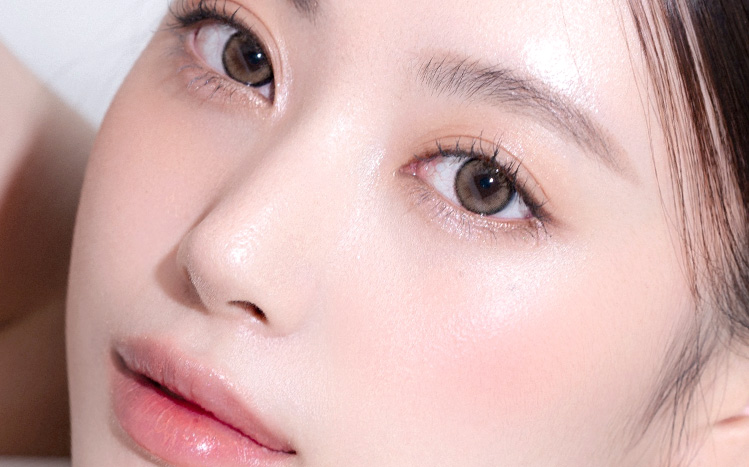
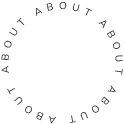
About
Types of Revision Rhinoplasty at Wanna Plastic Surgery
Revision Rhinoplasty is chosen to improve or correct the results of the previous surgery when the results are unsatisfactory or not as desired.
Revision rhinoplasty is performed in a variety of methods depending on individual’s symptoms and circumstances, taking into account of the tissue condition of previous surgery site and surgical method. This requires a more complex and sophisticated approach than the initial surgery, so it must be performed by an experienced surgeon with extensive experience in revision rhinoplasty.
Revision rhinoplasty at Wanna Plastic Surgery solves problems such as [ low nose, high nose, crooked nose, implant showing, nasal tip showing, nasal tip lift (contracture), and sagging nose tip ], resolving dissatisfaction with the previous surgery and re-creating a natural and beautiful nose shape.
Surgery Information
Surgery Time
2-3 hours
Anesthesia Method
Sleep / General
In-hospital Treatment
2-3 times
Stitch Removal
After 1 or 2 weeks
Recovery Period
1 week
wanna Youtube
Must-watch before rhinoplasty revision surgery!
How to have successful nose surgery

wanna’s special
What’s special about Wanna’s Revision Rhinoplasty?
- 1
- Experience and know-how accumulated over many years
We perform stable anesthesia and surgery through years of accumulated experience and know-how.
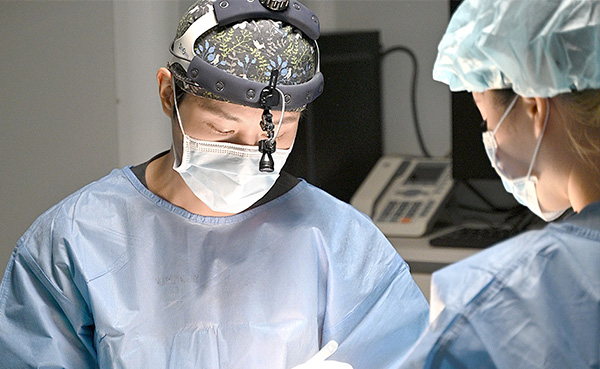
- 2
- 3D- CT Equipment
Using 3D- CT Equipment, we identify the exact structure of your nose and design a customized plan.
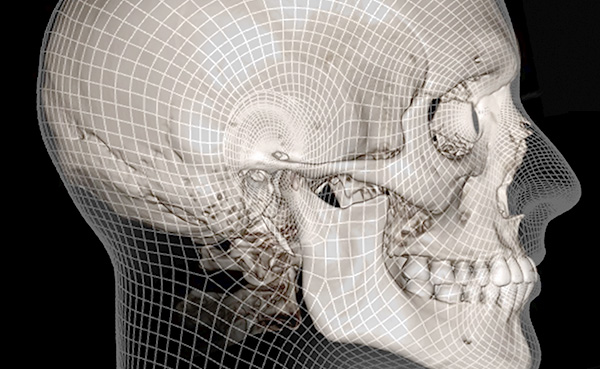
- 3
- Implementing a nose shape suitable for your image
Through detailed consultation, we create a nose shape that suits the patient’s desired image and consider a harmonious line for the face, taking into account each individual’s face shape and proportions.
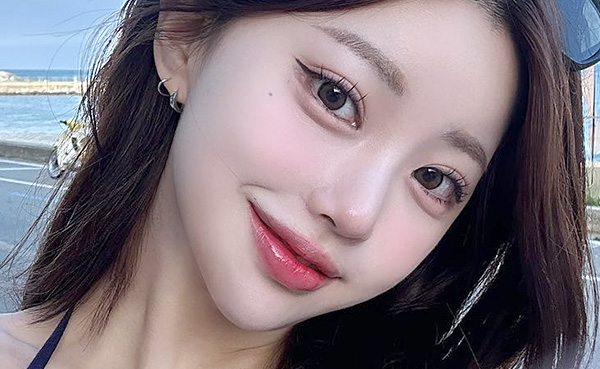
- 4
- Detailed nose tip shaping
We perform detailed nasal tip surgery to create the ideal nasolabial angle, columella, under the tip of the nose, and the tip point of the nose.
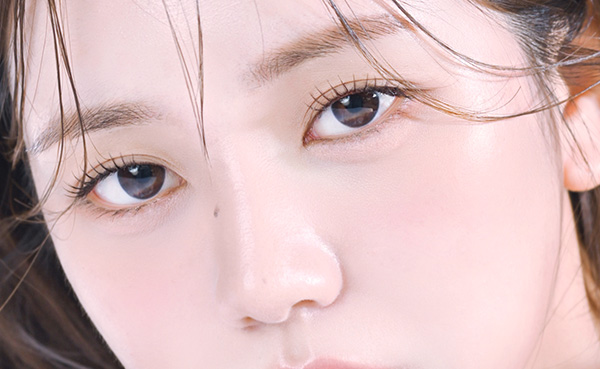
- 5
- Thorough scar management
The burden of scars is reduced through meticulous finishing that minimizes scars and side effects, and thorough scar management is carried out after surgery.
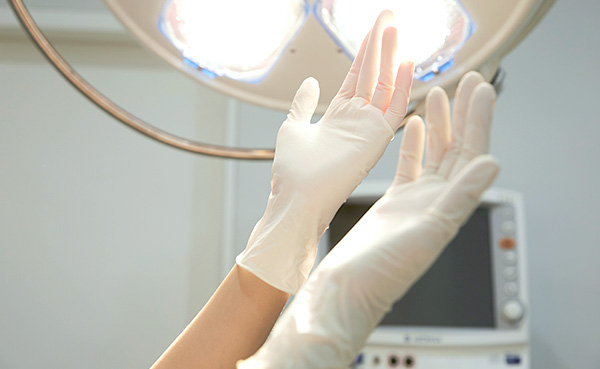
- 6
- Real-time monitoring and continuous management
We aim for safe surgery through real-time monitoring during surgery. We provide continuous follow-up care with the mindset of taking responsibility for the patient’s nose for the rest of their life.
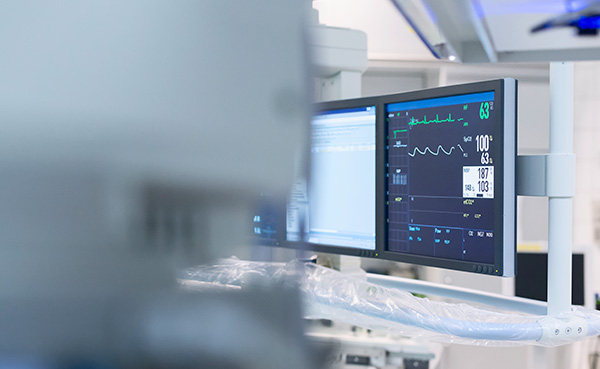
Types of Nose Revision Surgery
Lifted Nose Tip (Contracture)
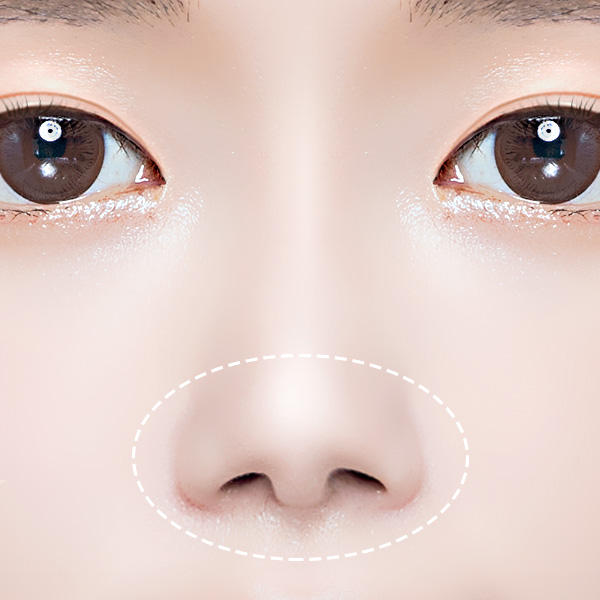
When the nose is contracted due to persistent inflammation, it lowers the raised tip of the nose and columella. In this case, the built-up skin is stretched through extensive peeling and capsule removal, and the alar cartilage that ran upward is separated and brought down, is fixed to the ideal position with stronger support. The tip of the nose is usually erected using autologous costal cartilage, and the bridge of the nose is raised using an implant or autologous dermis.
Implant Showing Through
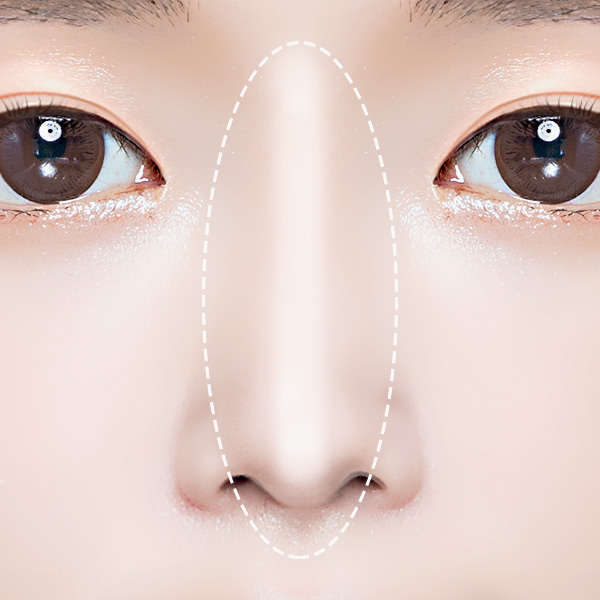
This can occur when an excessively high implant is placed in thin skin, and can be resolved by lowering the implant or replacing it with autologous tissue.
Implant Height Correction
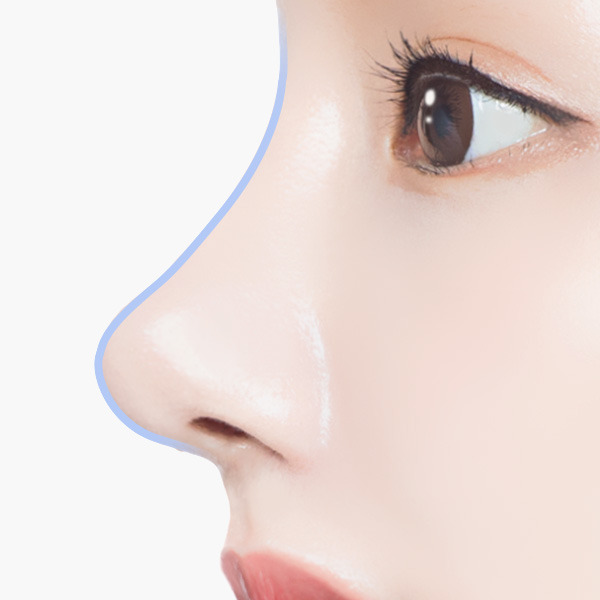
If the bridge of the nose becomes too low or too high as the swelling goes down, it can be replaced with an appropriate implant taking into account the tip of the nose, the height of the forehead, and the overall proportion of the face.
Nostril Asymmetry
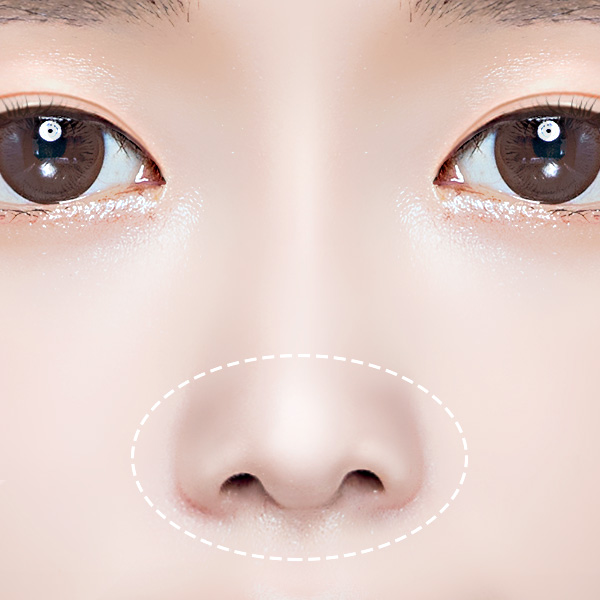
If asymmetry occurs in the nostrils, it is corrected by repositioning the alar cartilage or transplanting additional cartilage.
Drooping Nose Tip
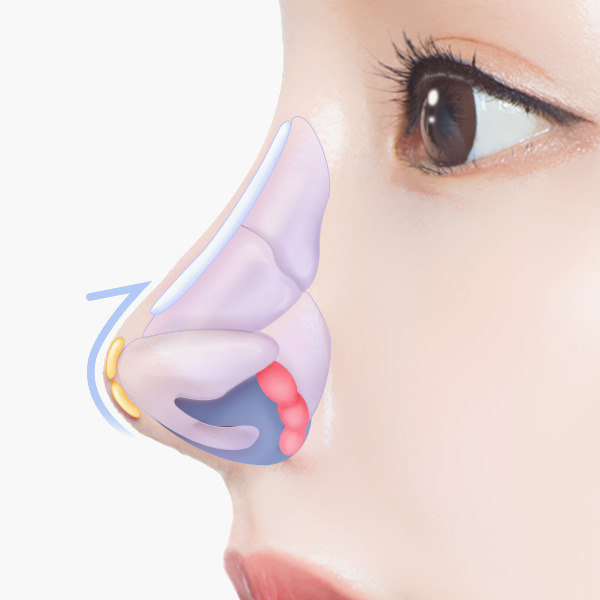
If the support for the tip of the nose is insufficient and the columella is short, it is rebuilt with stronger support.
Implant Relocation
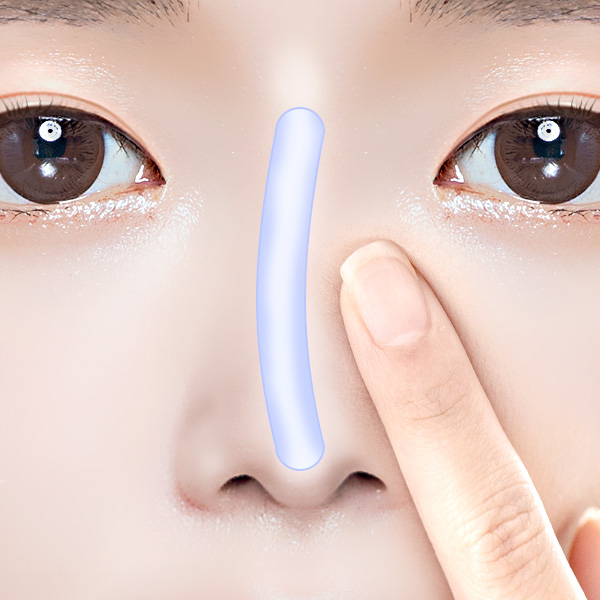
If the implant is not on the center line and is distorted, it is corrected into place.
Bent Nose
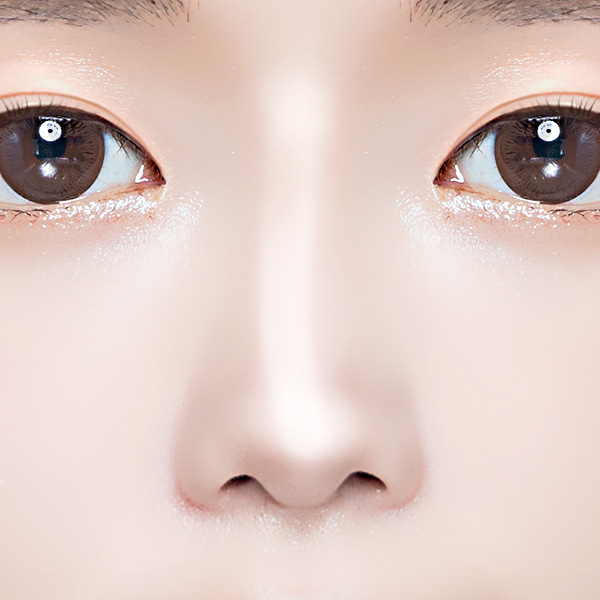
If the bridge of the nose appears crooked because the implant is tilted to one side, or if the support at the tip of the nose is weak and falls to one side, the implant is adjusted to the center line and the tip of the nose is corrected with stronger support.
Nose Tip Cartilage Protrusion
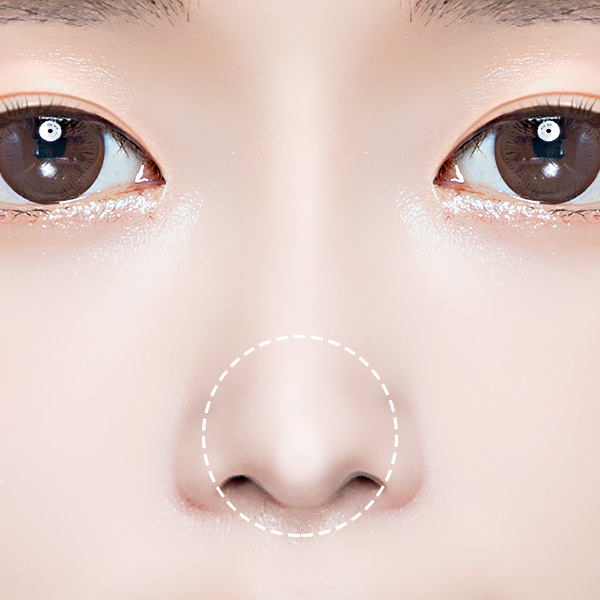
This occurs when the tip of the nose is raised excessively or the transplanted cartilage is too small. This is resolved by lowering the height of the tip of the nose, transplanting slightly larger cartilage, and, if necessary, reinforcing the skin at the tip of the nose with dermal grafting.
Revision Rhinoplasty Surgical Method
Effect
We precisely analyze the reasons for the previous unsatisfactory rhinoplasty and create the shape that the patient desires
- Accurately identify and resolve cause of previous failure
- Achieve more natural nose than before
- Solve functionality and aesthetics at once
- Relieve and minimize side effects
- Complete with nose that matches the overall balance of the face
- Heal both mind and body

Post- Surgical Process
On the day of surgery
Bruising and swelling may develop gradually, and breathing through the mouth and falling asleep may be uncomfortable. Make sure you drink water often.
Day 1
As it’s most swollen, bruising and swelling may extend to the area around the eye.
Day 5-7
The swelling in your nose will begin to decrease and you will be able to breathe easier once the stitches and tape are removed. The autologous rib harvest site may be painful when you apply pressure to the abdomen, but it is bearable and will disappear after about a month.
Week 2-3
About 60-70% of the swelling disappears, and the swelling at the tip of the nose goes away slowly.
2-3 months
Swelling disappears by more than 90%, and minor swelling gradually disappears, making the tip of the nose soft.
after Revision Rhinoplasty
- To minimize swelling and bruising, we recommend applying cold compress for 3-4 days. It is recommended to proceed with 15-20 minutes of steaming followed by a 5-minute rest.
- You should sleep in an upright position with your head elevated for 7 days.
- There may be bruising, swelling, and pain for a few days after surgery. Depending on individual differences, it will disappear after about a week.
- Post-operative dressing, bandages, cotton, etc. should not be removed by oneself
- Accessories such as glasses and sunglasses can be worn after 4 weeks.
- Symptoms such as throbbing, pulling, tingling, and numbness may occur for about a month, but this is normal.
- If there is sudden pain, swelling or redness, please visit the hospital.
- Until the stitches are removed, water should not come into contact with the stitches area.
- Washing your face can be done in the afternoon on the day of stitch removal, and light makeup can be applied after stitches and tape are removed.
- A light walk helps reduce swelling and bruising, so we recommend taking a walk after removing the stitches and tape.
- Exercise, saunas, jjimjilbang, drinking alcohol, and smoking should be avoided for one month.
Recommended with


